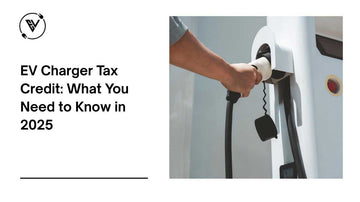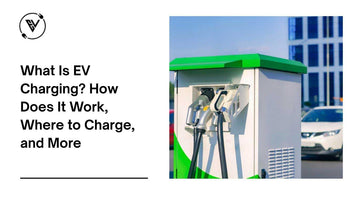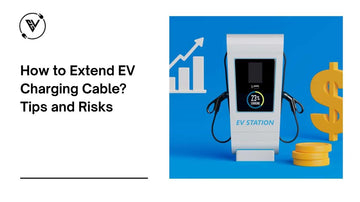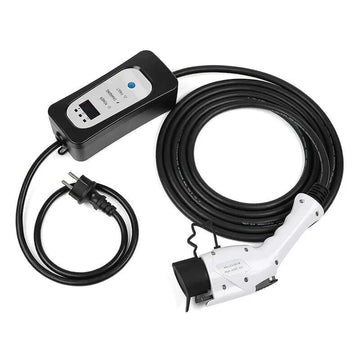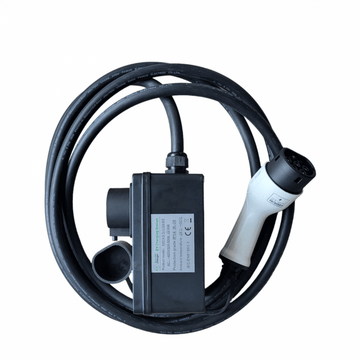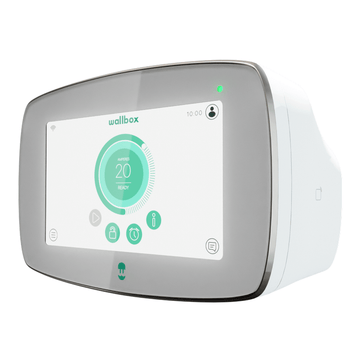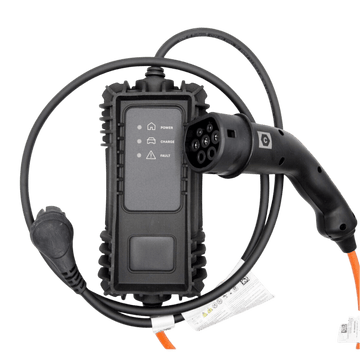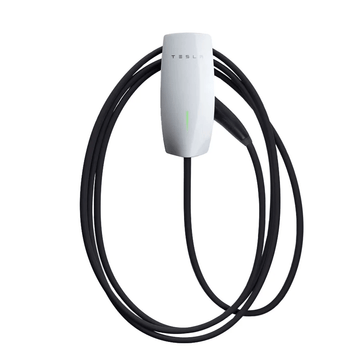EV charger tax credit is a federal incentive under the Alternative Fuel Refueling Property Credit (30C) that covers up to 30% of the cost to install electric vehicle charging stations. Available to homeowners, businesses, and municipalities, it's capped at $1,000 for residential and $100,000 per charger for commercial use, with eligibility rules.
This article explains the EV charger tax credit, including who qualifies, what documents are needed, how much it’s worth, and the main benefits. It also covers valid installations, how to combine credits with other incentives, who is excluded, and how to properly claim the 30C tax credit.

Who is eligible to claim the EV‑charger tax credit?
You can claim the EV charger tax credit if you install EV charging equipment at your principal residence or on business property located in an eligible census tract. The property must be in the U.S., and the charger must be used to charge electric vehicles.
Both individuals and businesses qualify. For example, homeowners installing EV wall chargers in their garages are eligible. Businesses that install multiple charging stations for public or employee use may also qualify. Even sole traders and property developers can benefit, as long as the charger is for business use or charging electric vehicles for customers or staff.
What documents do I need to claim the EV charger tax credit?
To claim the tax credit, the Internal Revenue Service requires:
- Receipts or invoices for the purchase price of the ev charging equipment
- Invoices for installation costs, including labor costs
- Documentation showing the charger was installed at your property
- Completed IRS Form 8911, attached to your tax return
If you buy a home EV charger online, your invoice will help prove both cost and installation date. Keeping full documentation helps avoid issues when calculating your tax liability.
How much is the credit worth?
Thanks to the Inflation Reduction Act, the EV charger installation tax credit lets you claim 30% of the total cost, including equipment and labor. The maximum credit is 1,000 USD (~920€) for individuals and up to 100,000 USD (~92,000€) for businesses.
For example, if you install a high-power 22kW home charger and pay 1,500€ in total, you can receive 450€ as a tax credit. This makes installing EV charging points much more affordable. You can read more about these costs in this article: EV charger installation cost.

What Are the Benefits of an EV Charging Station Tax Credit?
The ev charging station tax credit has many advantages:
- Reduces your yearly tax liability
- Lowers the real cost of charging infrastructure
- Encourages installing ev charging points at home or business
- Helps fight climate change by promoting electric vehicle use
- Makes switching to electric cars more affordable
It also works well alongside other programs. Businesses can combine this tax benefit with an ev infrastructure grant or utility rebate. When incentives work together, the financial support is strong enough to cover most of the charging equipment and installation.
What qualifies as a valid installation?
To be eligible for the EV charger tax credit, your setup must follow IRS guidelines:
- The charger must be installed by a professional
- The unit must be permanently fixed and safely wired
- It must be installed in the tax year you're applying for
- The system should only be used for charging electric vehicles
If you're not sure how to install it, this guide explains it step-by-step: how to install EV charger. Most setups include a charging port, a power supply line, and type 1 or type 2 charging cables. For example, you can find reliable type 1 charging cables or type 2 charging cable depending on your EV model.
Can it be combined with other incentives?
Yes, the EV charging tax credit can be combined with:
- Local rebates or grants
- Capital allowances for businesses
- Utility-funded programs
- Clean energy incentives like solar panels installation
For instance, if you install a type 1 to type 2 adapter, you can also claim a portion of its cost under the tax credit. Similarly, business owners installing multiple charging stations can use both tax breaks and state aid to reduce the cost.
Is anyone excluded from EV charger tax credits?
Yes, some situations do not qualify:
- If the charger was installed before 2023
- If it’s not used for private use or business purposes
- If you’re a tax exempt entity without specific eligibility
- If the installation does not meet federal safety standards
Also, if you received a full rebate that covers 100% of the cost, you can’t claim the credit again. However, partial funding may still allow for a reduced credit amount.
How to Claim 30C Tax Credit for EV Charging Stations?
The EV charging tax credit is officially called the 30C Alternative Fuel Vehicle Refueling Property Credit. Here’s how to claim it:
- Buy the equipment (for example, a Tesla charging cable or home charger).
- Get it installed professionally.
- Keep all receipts for equipment and labor.
- Fill out IRS Form 8911.
- Include it with your tax return and report the credit amount.
If you’re unsure how to apply or calculate the credit, talk to a tax professional for advice.
EV charging is becoming essential as more people drive electric vehicles. Whether you install a type 1 to type 2 charging cable for your older EV or upgrade to smart wall-mounted EV wall chargers, the EV charger tax credit helps reduce the installation costs and makes charging electric vehicles easier and cheaper. Take advantage of these tax incentives today and support clean, smart transportation.


